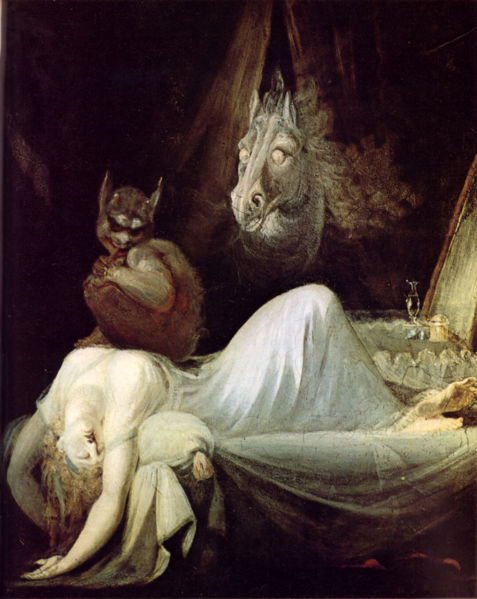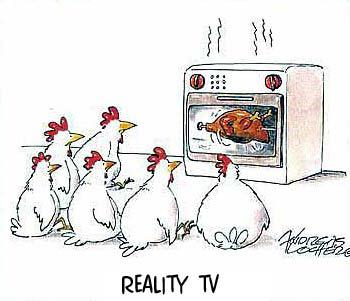
What if all writing were looked at as a window into the soul of the author? It would certainly change the perspective of the college student working late in the night to meet the minimum requirement assigned for a research paper.
Students often spend countless hours in front of their computers, typing away bits of their soul, and pouring morsels of themselves ontothe page. A teacher then inspects the work line by line, making sure it is structurally and logically sound. This transaction is mostly just a formal exchange of ideas and nothing personal.
Nancy Jensen, an Associate Professor of English at
University of the Cumberlands, knows a lot about this transactive writing. She also knows about a window into one’s soul. In fact, she had one published.
On Jan. 25,
Jensen’s book, entitled
Window, was released in a soft cover, 160-page edition, the cover of which depicts a young woman dressed in white, looking out a full-length window into a blurry, indiscernible vista. The likeness of the girl can be seen in the open window, mirroring her reflective stance.
The cover illustrates the stories within, all of which provide insight into
Jensen’s mind.
Jensen’s editor,
Sena Jeter Naslund (who is editor of
Fleur-de-Lis Press and has had several works of fiction published nationally), describes eloquently the vista that is in store for the reader:
“Nancy
Jensen’s stories and essays allow readers to see into the rooms of her mind. Flung wide open, these pieces even serve as doors through which we can step inside, turn, and look out with the author at previously unviewed vistas. Whether looking inward or outward,
Jensen’s prose always illumines.”
Window has been hailed by
Dianne Aprile, author of
Making A Heart for God: A Week Inside a Catholic Monastery, as a book that “blends the self-examining voice of the personal essay with the scalpel-like precision of the modern short essay.”
This is an accurate description of the book, which is written in two sections; the first section contains five short stories, and the second section holds five insightful, panoramic views into
Jensen’s personal experience. The effect is a collection that “illuminates the common tradition of storytelling that informs fiction and nonfiction alike,” according to Aprile.
The praise for
Jensen’s expert combination of story and essay continues with
Sydney Lea, author of
Ghost Pain and
Pursuit of a Wound, who congratulates
Jensen’s “essays with the lyricism of the best fiction, fiction with the inquisitiveness of the best essays.”
Jensen shares her expertise in her craft with writing students at University of the Cumberlands. In the biography provided by the publishers of
Window,
Jensen is credited with developing and implementing “a highly successful mentoring model for courses in the undergraduate creative writing program.”
In fact, several of
Jensen’s students here at University of the Cumberlands have been published in national literary journals and have gone on to study in graduate writing programs. Students in
Jensen’s classes often remark on the astounding amount of criticism and advice
awarded them about their creative writing.
For aspiring writers, this indefatigable dedication to the art of writing and
Jensen’s proven skill in her art make her the perfect source from which to draw invaluable knowledge in the how-to’s of writing.
Asked when she decided that she was a writer,
Jensen replied: “I can hardly remember when it wasn’t that way. My grandmother taught me to write when I was three…it was in late elementary when I started thinking about it seriously.”
This is
Jensen’s first book. In fact, her publisher, Fluer-de-Lis Press, only publishes first books. Furthermore, it only publishes works by authors who have been published in the
Louisville Review, which is the sister publication to Fleur-de-Lis.
Jensen began writing the essays in 2003 and 2004, but it was
Jensen’s publisher who tapped on
Jensen’s window by approaching her about making a compilation of essays and stories.
When asked about the initial idea to compile the works into a book,
Jensen comments that “the editor of the press approached me about a mixed genre collection because she wanted to do something different.”
The book nearly didn’t come to fruition at all: “At first I resisted because it wasn’t cohesive, but in the end I found that there were thematic connections.” The stories and essays in Window were written over six years ago, but the actual publishing process for the book took a little over two years.
Jensen described the publication process: “The longest span of time was spent waiting until the press was ready. I presented the final manuscript in January 2008 and it was sent to press in September.”
The actual release date was pushed to Jan. 2009. “We delayed the actual release date so that the book could be new for an entire year,”
Jensen chuckled.
One of the striking features of the book, especially in essays, is the remarkable candor and honesty that
Jensen provides the reader. It is a fairly generous insight into
Jensen’s experience. Her detailed account of her failed marriages, for example, provides a clear view into her painful past.
When asked whether there was a time when she felt too exposed or vulnerable,
Jensen remarked: “Putting essays into book form suggests a wider readership. Of course there is the fact that my friends and family will read it, but for the most part it is an audience that I’ll never see or know. I started writing the essays in 2003 and 2004 and made peace with it then. As far as vulnerability, I was over it years ago and worked through a lot during the writing process.”
The essays are, of course, non-fiction. But what about the stories?
“Certainly fiction is born of seeds from my life, but non are directly biographical. The underlying feelings are,”
Jensen explained.
Praise for
Window has not been in short supply. Neither has it been scare for
Jensen herself. Author Richard Goodman wrote that “
Window is written with fire and ice by a courageous, brilliant writer…Her writing is brave, and graceful, and deeply affecting.”
Jensen’s first book has opened a window for the reader, but it has also opened doors for
Jensen as a writer.
Jensen’s closing statement is one of future plans: “Of course the goal is to continue writing books. I just hope someone will want to publish them.”
Jensen who received outstanding feedback for
Window, has nearly completed another pane, this time a novel.

 The University of the Cumberlands' English and Modern Foreign Language Department is hosting a "Gothic Gala" for all of its English majors and minors. Although the party is designed for the British Gothic Tradition class (currently taught by Dr. Gina Herring), the invitation has been extended to all English majors and minors as well as all lovers of Gothic literature and culture.
The University of the Cumberlands' English and Modern Foreign Language Department is hosting a "Gothic Gala" for all of its English majors and minors. Although the party is designed for the British Gothic Tradition class (currently taught by Dr. Gina Herring), the invitation has been extended to all English majors and minors as well as all lovers of Gothic literature and culture.












